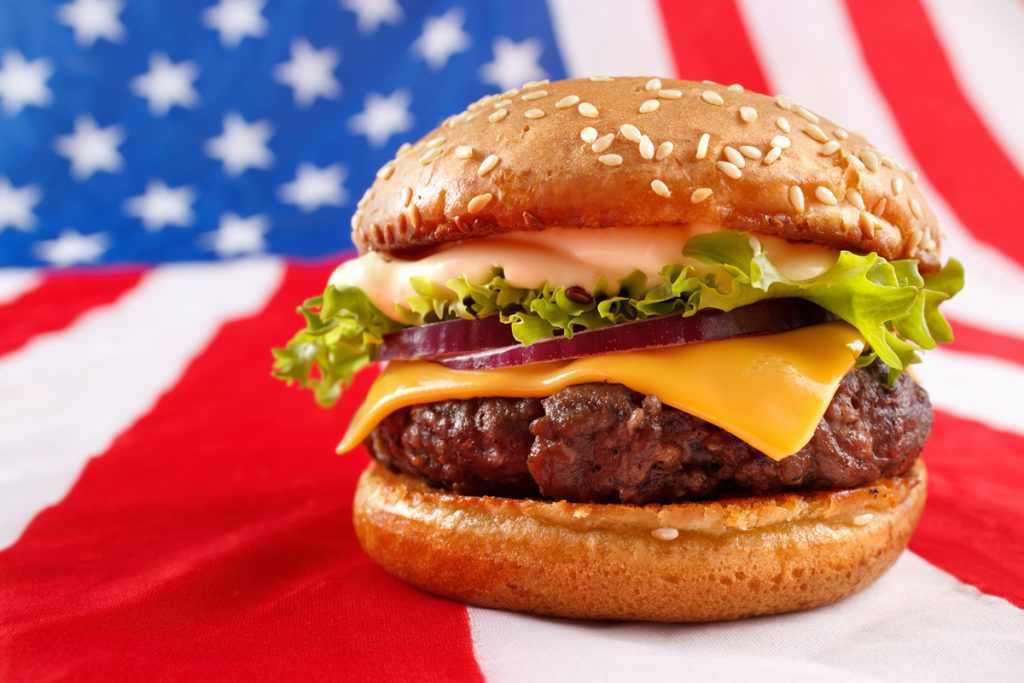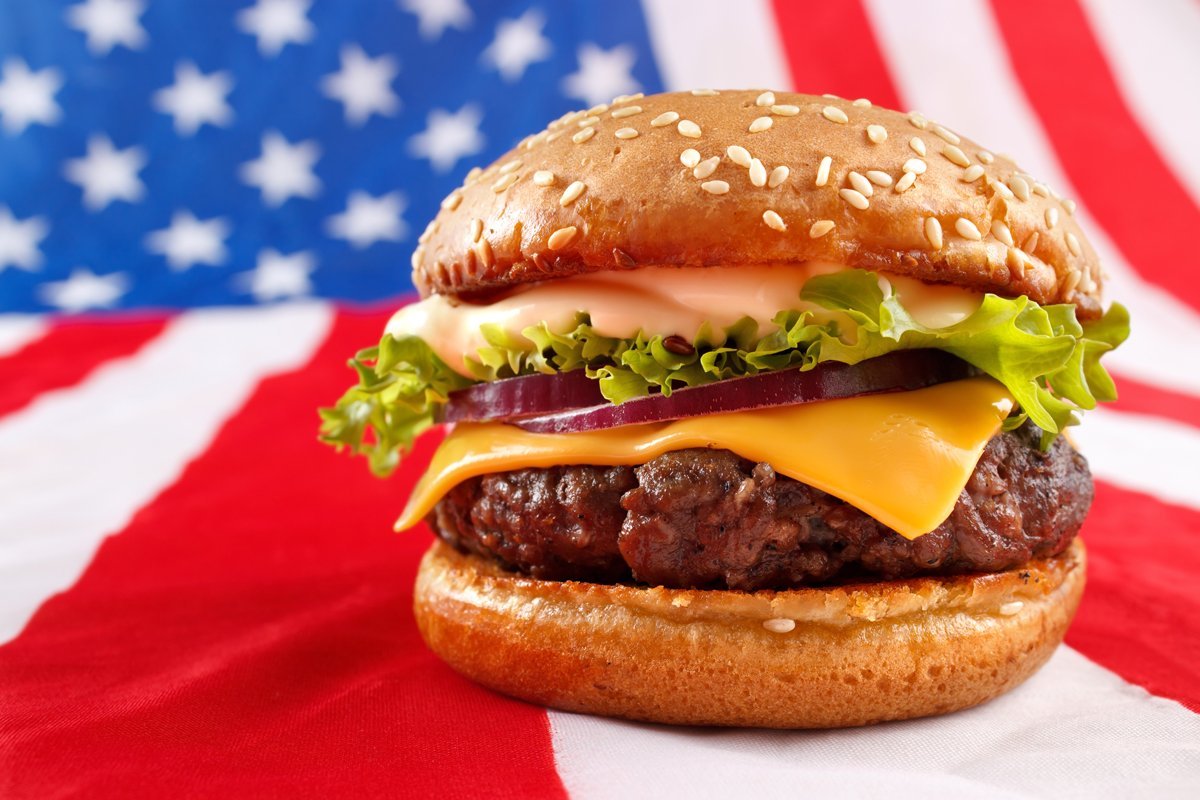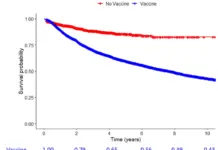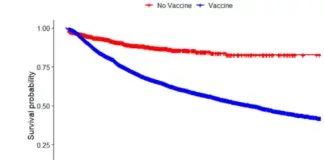
It should come as no surprise that our diet plays a critical role in our health and longevity, but the sheer level of influence may come as a shock to you.
A new study published in the March 7 issue of JAMA found that poor diet is responsible for an astonishing 45 percent of all deaths from heart disease, stroke and type 2 diabetes in the US. The researchers attributed this high mortality rate to the Standard American Diet (SAD), which is high in sodium, processed meats, sugar-sweetened beverages and unprocessed red meats.
The good news is, just as diet can be our downfall, it’s also just as powerful in promoting exceptional health and longevity — as seen in “Blue Zone” cultures, who are known for their extraordinary lifespan and phenomenal vitality.
A Deadly Trinity of Disease, Directly Linked to Poor Food Choices
According to the newly released JAMA study, which was funded by the National Heart, Lung and Blood Institute (NHLBI), nearly half of all US deaths in 2012 caused by cardiometabolic diseases — like heart disease, stroke and type 2 diabetes — are due to poor diet. Out of the 702,308 adult deaths from cardiometabolic diseases, 318,656 — about 45 percent — were linked with over-consumption of certain unhealthy foods, as well as low consumption of specific nutrient dense edibles.
“Nationally, estimated cardiometabolic deaths related to insufficient healthier foods/nutrients remained at least as substantial as those related to excess unhealthful foods/nutrients,” said lead researcher Renata Micha, RD, PhD, of the Tufts Friedman School of Nutrition Science and Policy, Boston.
Excess consumption of sodium was associated with the highest percentage of death. Consuming high amounts of processed meats, sugar-sweetened beverages and unprocessed red meat were also linked with high mortality. Americans also don’t eat enough of certain health-promoting foods — like fruit, vegetables, nuts and seeds, whole grains, polyunsaturated fats and seafood omega-3 fats.
“Among unhealthful foods/nutrients, the present findings suggest that sodium is a key target,” noted the researchers. “Population-wide salt reduction policies that include a strong government role to educate the public and engage industry to gradually reduce salt content in processed foods (for example, as implemented in the United Kingdom and Turkey) appear to be effective, equitable, and highly cost-effective or even cost-saving.”
According to a press release from the NHLBI:
“The study also shows that the proportion of deaths associated with diet varied across population groups. For instance, death rates were higher among men when compared to women; among blacks and Hispanics compared to whites; and among those with lower education levels, compared with their higher-educated counterparts.”
The findings of the study were based on death certificate data from the National Center of Health Statistics.
With annual US healthcare spending hitting $3.8 trillion in 2014 and $3.2 trillion in 2016 — heart disease and stroke costing nearly $1 billion a day in medical costs along with lost productivity, and diabetes totaling $245 billion annually — the results of this study come as a stark reality check. However, they can also help encourage positive outcomes, such as new public health strategies, public education programs, and revamped industry standards.
For inspiration, we can also look to cultures and communities that have outstanding health and longevity for guidance — and a perfect place to start is with the Blue Zones.
The Island Where People Forgot to Die
Just off the coast of Turkey, very close to Samos, where Pythagoras and Epicurus lived, is a Greek island named Ikaria that is renown as “the island where people forgot to die” because of the exceptional lifespan of its inhabitants. Included in what is referred to as the Blue Zones — five regions in Europe, Latin America, Asia and the US with the highest concentrations of centenarians in the world — the people of Ikaria live about eight years longer than average and have exceedingly good health. These communities are also largely free of health complaints like obesity, cancer, diabetes and heart disease. Moreover, they’re sharp to the very end, whereas in the US, almost half the population over 85 suffers from dementia.

Centenarian residents of Ikaria, “the island where people forget to die.”
Diet is a key ingredient to their robust health and longevity. In Ikaria, they’re eating a variety of a Mediterranean diet, but with lots of potatoes. They also consume high amounts of beans. One unique foodstuff is called horta, a weed-like green that’s eaten as a salad, lightly steamed or baked into pies. Goat’s milk, wine, honey, some fruit and small amounts of fish are also enjoyed. Other foods include feta cheese, lemons and herbs such as sage and marjoram, which are made into tea.
Lifestyle also comes into play. Plenty of sex (even in old age) and napping are integral aspects of the culture, as is physical activity. There are no treadmills or aerobic classes here. Instead, exercise involves planting and maintaining a garden, manual labor (houses in Ikaria only have hand tools) and walking to run errands.
Another Blue Zone region is Sardinia, Italy where goat’s milk and sheep’s cheese are staples, along with moderate amounts of flat bread, sourdough bread and barley. They also eat plenty of fennel, fava beans, tomatoes, chickpeas, almonds, milk thistle tea and wine from Grenache grapes.
Seventh-day Adventists in Loma Linda, California made the list as well. The community shuns smoking, drinking and dancing, while also avoiding movies, television and other media distractions. Their diet focuses on grains, fruits, nuts, vegetables — and they only drink water. Sugar, except for natural sources found in whole fruit, is taboo. Adventists who follow the religion’s lifestyle live about 10 years longer than those who don’t. Interestingly, pesco-vegetarians in the community, who include up to one serving of fish per day with their plant-based diet, live longer than vegan Adventists. Avocados, salmon, beans, oatmeal, avocados, whole wheat bread and soy milk make up the bulk of their diet.
Nicoya Peninsula in Costa Rica also has a high number of centenarians. Theirs is a traditional Mesoamerican diet of beans, corn and squash — plus papayas, yams, bananas and peach palms (an oval fruit dense in vitamins A and C).
The final Blue Zone is Okinawa, Japan. Their “top longevity foods” are bitter melons, seaweed, turmeric, sweet potato, tofu, garlic, brown rice, green tea and shitake mushrooms.
All Blue Zones share the following characteristics:
- Only eat until you’re 80 percent full.
- The smallest meal of the day is always in the late afternoon or evening.
- Diet consists mostly plants, especially beans. Meat is eaten rarely — on average of just five times a month — and in small portions of about 3 to 4 ounces.
- Moderate amounts of wine is consumed with 1-2 glasses per day (doesn’t apply to Seventh-day Adventists).
- A sense of community and close social bonds, often with religious underpinnings.
Although the secret to Blue Zone longevity doesn’t rely exclusively on diet, it’s certainly a core foundation for their exceptional health and vitality. We can take a cue from these regions and integrate their wisdom into our own lives for improved well-being. Have a look at these quick and easy Blue Zone recipes for inspiration.
Article sources:
- www.jamanetwork.com/journals/jama/article-abstract/2608221
- www.nhlbi.nih.gov/news/press-releases/2017/media-availability-high-number-deaths-heart-disease-stroke-and-diabetes
- www.usatoday.com/story/news/nation/2013/03/06/diabetes-care-cost/1965185
- www.money.cnn.com/2016/12/02/news/economy/health-care-spending
- www.npr.org/sections/thesalt/2015/04/11/398325030/eating-to-break-100-longevity-diet-tips-from-the-blue-zones
- www.news.nationalgeographic.com/2015/04/150412-longevity-health-blue-zones-obesity-diet-ngbooktalk
- www.chewfo.com/diets/the-blue-zones-solution-by-dan-buettner-food-list-what-to-eat-and-foods-to-avoid/#foodlist
- www.bluezones.com/2016/11/power-9
- https://wakeup-world.com/2017/04/24/new-study-standard-american-diet-causes-nearly-half-all-deaths-heart-disease-stroke-type-2-diabetes/?utm_campaign=Wake+Up+World+e-Newsletter&utm_content=Latest+Headlines+inc.+States+With+Medical+Marijuana+Laws+Have+Lower+Rates+of+Opioid-Related+Deaths%2C+Study+Finds&utm_medium=email&utm_source=getresponse
Disclaimer: We at Prepare for Change (PFC) bring you information that is not offered by the mainstream news, and therefore may seem controversial. The opinions, views, statements, and/or information we present are not necessarily promoted, endorsed, espoused, or agreed to by Prepare for Change, its leadership Council, members, those who work with PFC, or those who read its content. However, they are hopefully provocative. Please use discernment! Use logical thinking, your own intuition and your own connection with Source, Spirit and Natural Laws to help you determine what is true and what is not. By sharing information and seeding dialogue, it is our goal to raise consciousness and awareness of higher truths to free us from enslavement of the matrix in this material realm.
 EN
EN FR
FR



























When I first visit USA, I was working in my own country for one of the most reputed American organizations.I was married to a dietitian Doctor from whom I was learning how to eat healthy food and keep fit. I was a childish Latin woman at that time.After answering the basic questions about myself, I was left to my thoughts and my impressions.
Every body seemed focused in their own stuff. There was a certain hurry. I could felt the weight of the time in the culture as “Time was money”. I listen to people saying that their objectives was to do “things fast”. Why do we need to go so fast I wondered? nature is never in a hurry and she always does what she needs to do?
I had landed in a world that had nothing to do with mine. I passed more time observing than working.
I was stroke by the fact that so many people were overweighted and ate huge portions of fattening food as if this was the normal way of nourishing. The ritual of taking the time to eat and enjoy the food was far from the local manners. My stomach missed home for I did not like pizza even less sandwich. The time for dinner seemed very far and I was not used to eat in front of my computer.
There was a high self-conscious about money, how much they were getting for their jobs, which organisation they worked for, the big house they had recently bought and so on but their health did not seem to be an issue, even less their appearance.
I wondered at that time what was the meaning of making money if one could not afford to have good health? to look and to feel nice in our own body? But it seemed to me that the over-weight shouldn’t come only from those huge portions people consumed – There must be something in the food to attain such weight.
When I went shopping to a super market, I found huge tomatoes and very tiny ones. I asked someone why they were so big ans someone answered “big is better” but the small ones came from Mexico so I thought they resembled mines and avoided the big stuff.
The GMO has certainly an impact on the over-weight. It makes the system blow up like a balloon exactly as it does with the products. Is a real poison. Every time I went to work in USA I put a kilogram per week without doing any excess. I realised then, something was contained in USA food that made people fat.
One day I went to the lady’s room and I found a young mother getting the milk out of her breast with a machine and this was the most chocking thing I ever seen in my life for I could not understand why she was doing that? In my country we fed the kids from our breast even on the street. I was born in the jungle with the Indians so I had the privilege to live a more natural way. I asked her what was that for? and she explained to me that she was collecting the milk for her baby that someone would pick it up.
I felt so sorry for this young-mother and for her baby for I never thought in a country like USA, so rich and so famous, a woman was not given enough time to take care of their kids as we did in our poor countries!
I felt so strongly the anti-human trend that was already set in the American culture, I was deeply dissapointed as every body seemed to be launched into the process.